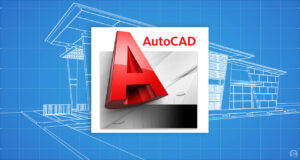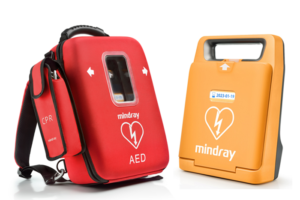4 Main Subjects Covered in your CPR/AED Certification!

To best take care of your employees, clients, and customers, you need to know the basics of health and safety. Along with knowing the first aid basics -such as addressing injury in your workplace that has suddenly occurred – you also need to learn how to administer CPR to adults and children. Furthermore, using an AED is something that takes care and practice – make sure you are well-versed in this skill before you take your CPR/AED certification exam!
4 subjects you MUST know before taking your CPR/AED certification
First off, who should take the CPR/AED certification course? If you are considering taking this course, you should first know if it is required for your job, if you should take it to the safety of your clients or customers, and if you are required to take this course by law. The main people who need to learn more the CPR/AED certification course includes those who need to have the course compete for their specific job, employees who need to adhere to the OSHA requirements for their job, or those who need to be prepared for something that can happen unexpectedly (i.e. in a gym setting, a hospital worker. Healthcare worker, school teacher, etc.).
First aid basics
One of the main topics covered on the CPR/AED certification is first aid basics. First aid basics include dressing a wound, figuring out what’s wrong with someone, identifying what occurred in an accident or injury, and how to immediately help someone who has been injured. First aid basics are key to keeping someone alive and healthy during an accident or injury – this can involve a child swallowing a foreign object, a person rolling their ankle in the gym, or someone experiencing cardiac arrest unexpectedly. Being prepared for the worst allows someone to help in a time of crisis.
Medical emergency
Another aspect that is covered by the CPR/AED certification is the medical emergency that must be addressed. If you find that you are working in a setting when there is a high possibility of someone having a health crisis – such as a fitness center, sports hall, hospital, or clinic – then you need to know how to handle a medical emergency when it occurs.
Environmental emergency
The next aspect typically covered in the CPR/AED certification course is environmental injuries. This can occur from someone who works outside, someone who is frequently operating outdoors, or a job where the environment can play a huge role in the safety of workers, such as construction, tree planters, harvesters, etc.
Adult AED and CPR
The last aspect that is typically covered in the CPR/AED certification course is the child and adult CPR and AED use. By knowing how to administer CPR safely to both children and adults – since it requires two different techniques – employees and owners will be able to keep their customers. Furthermore, knowing the basics of how to use and administer an AED to someone in trouble is key to being able to help someone who is experiencing cardio difficulties.
Conclusion
If you are considering taking your CPR/AED certification course for your job or for peace of mind, then you should keep in mind what you will have to know: the first aid basics, medical emergencies, injury accidents, environmental emergencies, adult CPR and AED use, and child CPR and AED use!




